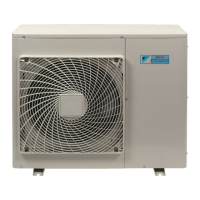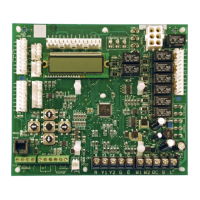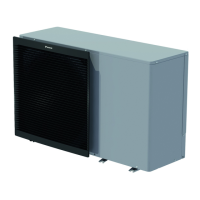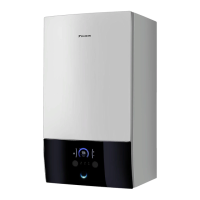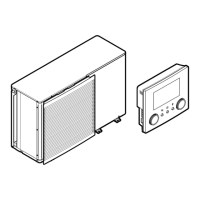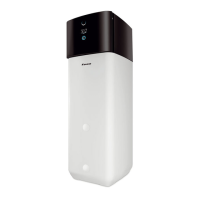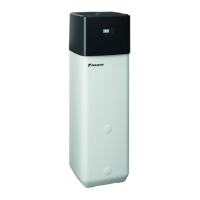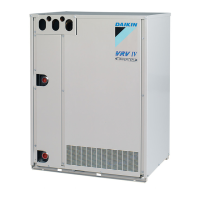SiEBE18-526 Instruction
System Configuration 225
tem. After 3 minutes, the system will turn on
again automatically.
• The system does not restart immediately
when TEMPERATURE SETTING button is
returned to the former position after pushing
the button.
If the OPERATION lamp lights, the system is in
normal condition.
It does not restart immediately because asafety
device operates to prevent overload of the
system. After 3 minutes, the system will turn on
ag
ain automatically.
• The system does not start when the display
shows “ ” (UNDER CENTRALIZED
CONTROL) and it flashes for few seconds
after pressing an operation button.
This isbecause the sys
tem isunder centralized
control. Flashes on the display indicates that the
system cannot be controlled by the remote
control.
• The system does not start immediately after
the power supply is turned on.
W
ait one minute until the micro computer is
prepared for operation.
• The outdoor unit is stopped
This isbecause the room temprerature has
reached the set temprerature. The indoor unit
switches to fan operation.
II. The display shows “ ” (UNDER
CENTRALIZED CONTROL) and the unit
operates in a mode different to what is
shown on the remote control display.
When using aunit in a multi system, the
operation condition of that u
nit is controlled by
a
micro computer as described below, accord-
ing to the operation condition of other indoor
units connected to the system.
• If the operation mode does not match other
indoor units that are already running, the indoor
unit will assume the STANDBY state (the fan is
stopped and the air flow flap is positioned
horizontally).
If HEATING mode isset together with COOL-
ING, DRY or FAN mode, the above mentioned
condition will occur.
NOTE
• Normally, the operation mode in the room where
the unit is
first r
un is given priority, but the
following situationsare exceptions, so please
keep this in mind.
a. If the operation mode of the first room is FAN
Mode, then using Heating Mode in any room
after this will give priority to heating. In this
situation, the air conditioner running in FAN
Mode will go on standby.
b. With the Priority Room Setting active.
Contact your Daikin dealer for the operation
that corresponds to your system.
• If the tota
l capacity of oper
ating indoor units
exceeds the limit, the indoor unit will assume the
STANDBY state (FAN and AIR FLOW DIREC-
TION will be left as set). (This only applies to
cooling only type.)
• If another indoor unit commencesa HEATING
operation after this indoor unit is running in
COOLING mode, this indoor unit may switch to
DRY operation (fan on low, air flow flap set at
horizontal).
III. The fan speed is different from the setting.
• Pressing the fan speed control button does
not change the fan speed.
When the room temperature reaches the set
temperature in heating mode, the power supply
from the outdoor unit isstopped and the indoor
unit will operate on the low fan setting. (If using
the multi system, the fan will alternate between
off and low.)
This is to prevent the cool air from being blown
directly onto anyone in the room.
IV. AIR BLOW DIRECTION IS NOT AS SPECI-
FIED.
• Actual air blow direction is not as shown on
the remote contoller.
• Automatic s
wing setting does not work.
Refer to “AIR FLOW DIRECTION ADJUST.”
V. WHITE MIST COMES OUT OF A UNIT
• When humidity is high during cooling opera-
tion (In oily or dusty places)
If the inside of an indoor unit is extremely
contaminated, the temperature distribution inside
a room becomesuneven. It is necessary to clea
n
the inside of the indoor unit. Ask your Daikin
dealer for details on cleaning the unit. This
operation require
s a qualified service person.
• When the system is changed over to HEAT-
ING OPERATION after DEFROST OPERA-
TION.
Moisture generated by DEFROST becomes
steam and exists.
VI. NOISE OF AIR CONDITIONERS
A ringing sound after the unit is started.
Thissound is generated by the temperature
regulator working.
It will quiet down after about a minute.
• A continuous flow
“Shuh” sound is heard
when the systems is in COOLING or
DEFROST OPERATION.
Thi
s is the sound of refrigerant gas flowing
through both indoor and outdoor units.
• A “Shuh” sound which is heard at the start or
immediately after the stop of operation or
which is heard at the start or immediately
after the stop of DEFROST OPERATION.
This is the noise of refrigerant caused by flow
stop and flow change.
• A continuous flowing sound "Shah"or a
trickling
sound "Jyuru Jyuru"are heard when
the system is in COOLING OPERATION or at a
stop.
The noise is heard when the drain pump is in
operation.
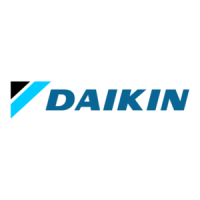
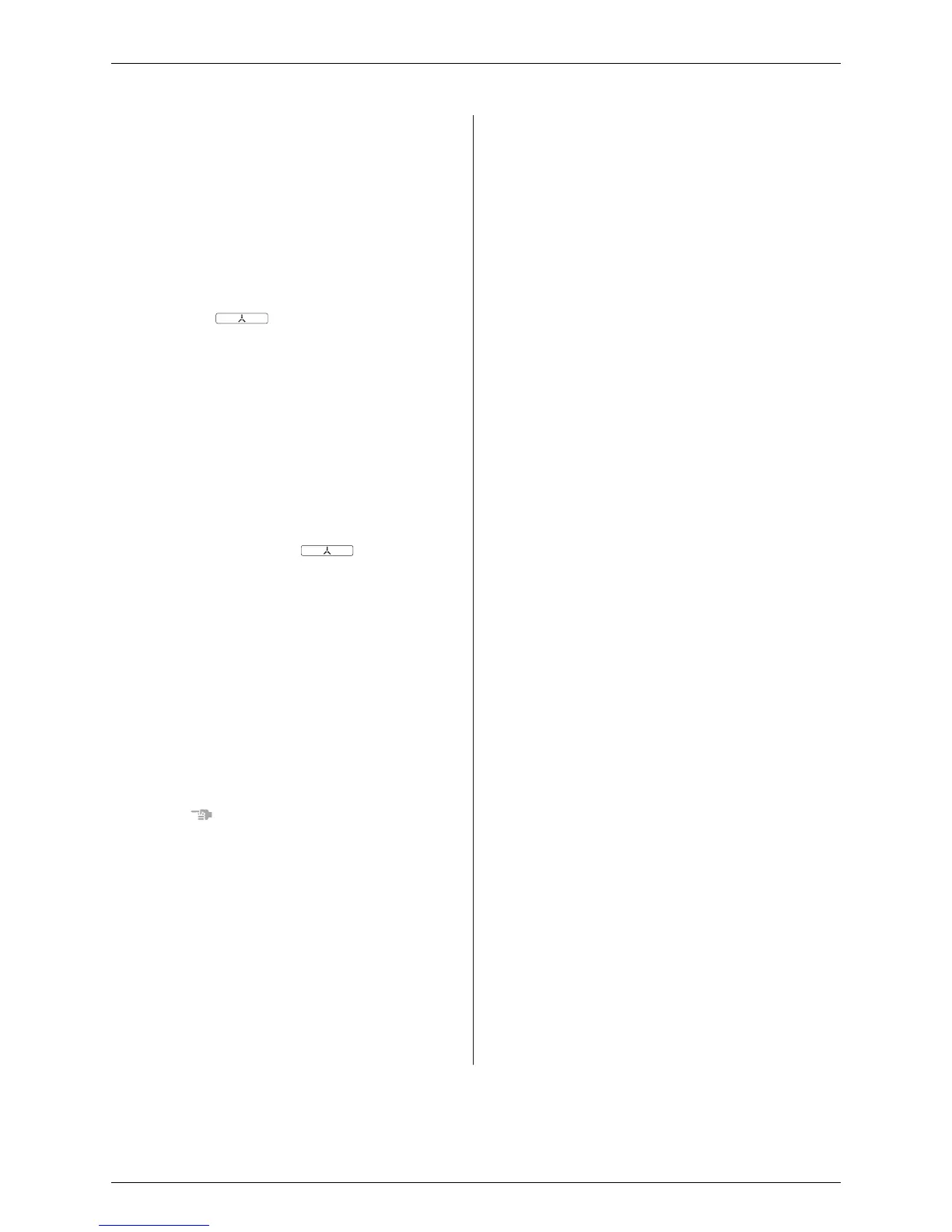